The best fertilizers for petunias and the subtleties of their use
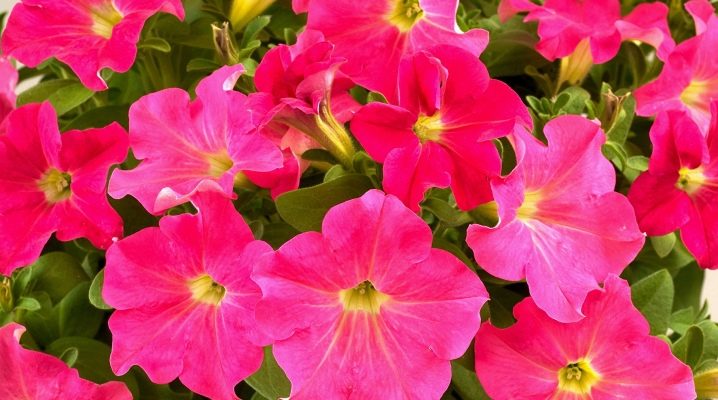
Features of growing petunias
Often grown as annuals, petunias are among the most popular flowers. These are delicate plants that grow well both in the flower bed and in the pots. For a plant to be healthy, it needs fertilizers, but it is not always easy to figure out which ones should be used and in what quantity.
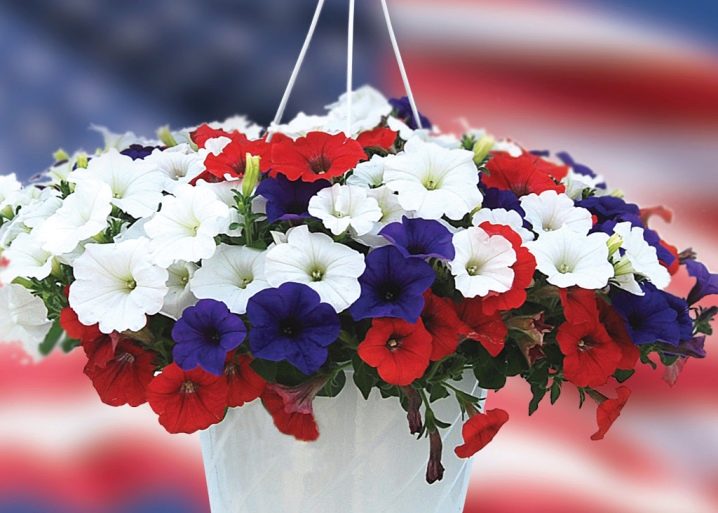
Petunias need rich, well-drained soil, plenty of sun and warmth. Most gardeners prefer to grow flowers from seedlings and propagate at home using cuttings during the winter, but you can start by germinating the seeds. For planting with seeds, fill a clean container with a fertile medium. Sowing is carried out on top of the soil, but the planting material is not immersed in the soil and is not sprinkled with it. Petunias need light to germinate.
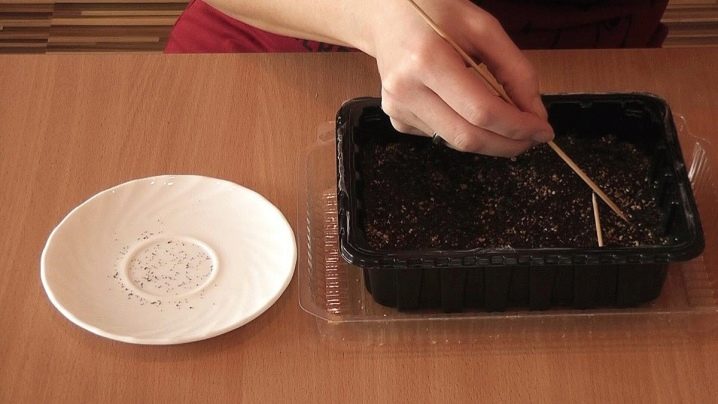
Slightly moisten the soil with water from a spray bottle and cover the container with plastic wrap. The container is installed in a warm place, where the air temperature is 26 C. The soil is regularly checked, it should be moist, but not damp. The plant is planted in open ground after the last frost, when the plant reaches a height of 7 centimeters and has 2-3 leaves.

If you buy a flower directly from seedlings, you should choose small, compact plants. Tall, long-legged ones do not develop after planting.
Be sure to use high quality potting soil and hanging baskets. Garden soil is never poured into containers, as it is too heavy, dense and often causes diseases. Water the petunias at least once a week or every other day in hot weather. The grower is required to constantly keep the soil slightly moist, but not waterlogged. Faded flowers are cut off, as well as damaged, diseased shoots.

Fertilize petunias every 3 weeks with 1 tablespoon of granular multifunctional dressing diluted in 1 gallon of water. The flower is transferred to the room if cold weather sets in, since it cannot stand even light frosts and dies. It is possible to grow petunias from seeds, but it is easier to do it from cuttings. The seeds of this plant are small and need a lot of light and moisture. When 3 leaves appear after germination, you can plant the seedlings outside. Fertilize the flower monthly to ensure good growth. To prolong flowering, you will need to remove faded peduncles in a timely manner.
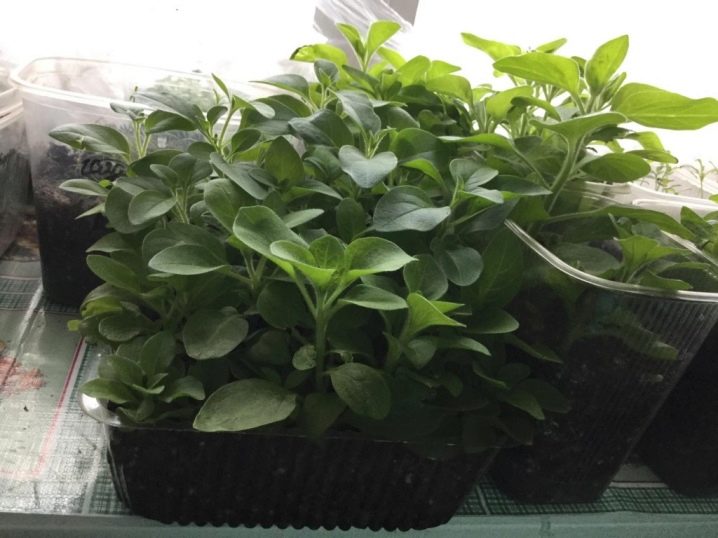
Vitamins and fertilizers
On store shelves, you can find many options for feeding, suitable for petunias. Most growers advise using long acting supplements. Calcium nitrate refers to extended-release dressings. Fertilizers for petunias contain the nutrients needed for flowering, strong root growth, as well as the build-up of green mass. Without this support, the flower grows slowly, does not bloom, or displays pale and discolored leaves.
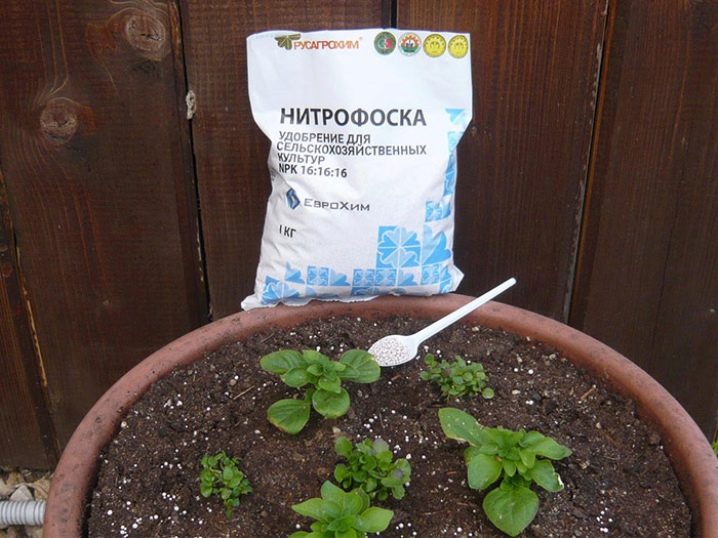
Professional
Inorganic fertilizers are artificially created chemical compounds. The minerals and vitamins they contain are absorbed by the root system much faster than organic material. This is one of the reasons why professional products are at their peak.
Chemical fertilizers are labeled so that the grower can understand which minerals are most abundant. Of the most essential nutrients for a plant: nitrogen, phosphorus and potassium. The package may say 15-15-15 or 15-16-17, which means the percentage of each nutrient in the fertilizer.
The first number indicates nitrogen (N), the second for phosphorus (P) and the third for potassium (K). The amount of nutrients in each fertilizer is indicated by the number: fertilizer 15-16-17, for example, contains 15% nitrogen, 16% phosphorus and 17% potassium. A good choice for petunias is a mixture of 15-15-15, 15-16-17, and 20-10-20.
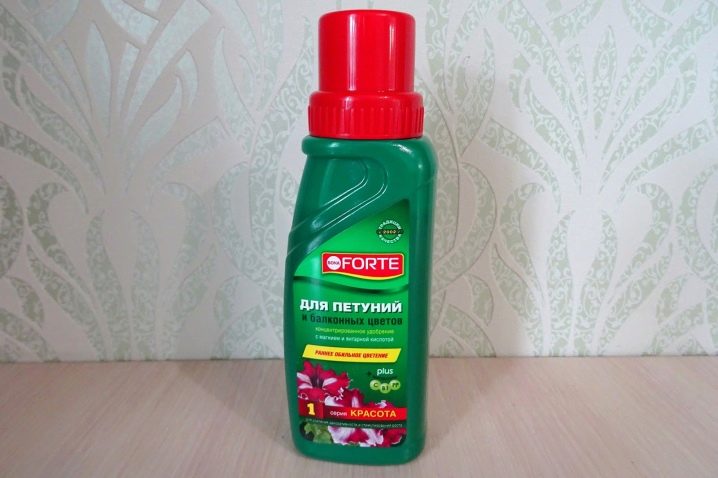
According to most breeders, the mineral complex 10-10-10 provides petunia with the necessary nutrients as much as possible. It is better to work with dry matter, but before use, it is imperative to water the soil with high quality, because if this is not done, then you can simply burn the root system. Phosphorus can be applied to the soil as a dry or liquid fertilizer; be sure to fertilize the soil before planting and every 3 weeks during the flowering period.
Petunias are one of those types of flowers that are susceptible to iron deficiency in the soil. One of the clear signs of a lack of a trace element is wilting of foliage, its fading to yellow or even white, while the veins remain dark green. Ferrous sulfate can quickly fix the problem. Iron deficiency in the soil is observed due to the high pH level. It is possible to lower the alkalinity of the soil by adding sphagnum moss to its composition.

Folk remedies
Petunias require moderately fertile soil. If you plan to decorate the landscape with a flower, then you should improve the fertility of the land, add peat moss, compost from leaves or well-decomposed manure. This will help provide nutrients to the plant as well as improve soil drainage. Organic fertilizers take longer to decompose, therefore, the grower does not need to repeat the procedure for feeding the flower during growth and flowering.
Compost tea is a versatile top dressing that is most often used with petunias. The ideal ratio is 5 parts water to 1 part compost. A lid is placed on the container, and the tea is left to infuse for about 10 days. Once the liquid has acquired the color of the beverage, it can be used.
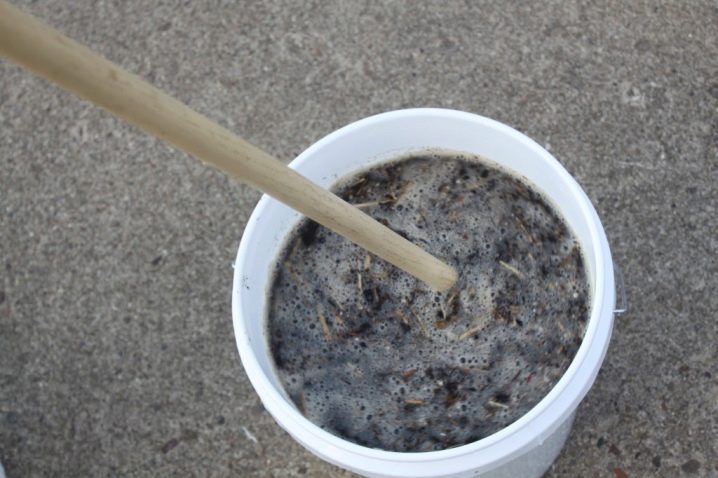
Fish emulsion is another folk remedy using fish wastesuch as intestines, heads, bones. The mixture must rot well before it can be used. They make fertilizer at home on their own, for this you will need to observe the proportion for one portion of the fish mixture 2 portions of water. The mixture is fermented for 3 weeks, then diluted before use. For 9 square meters, 13.5 liters of emulsion are used.
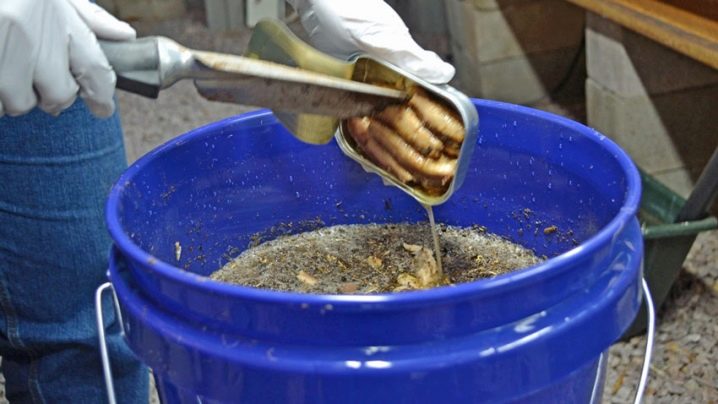
Seaweed can also be used as a good nutritional fertilizer. They contain mannitol, which helps plants absorb nutrients from the soil. Both fresh and dried algae are used with equal success. However, before using fresh product, you will need to make sure it is thoroughly rinsed. Put finely chopped seaweed in a small bucket, fill it with water and cover the container. The mixture will be ready to use in 3 weeks. As soon as the allotted time has passed, filter the composition and spray through a sprayer.
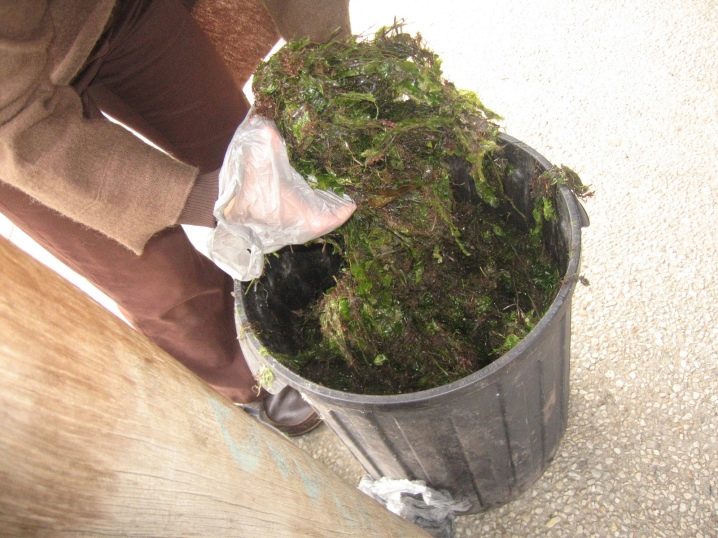
There is another popular recipe that should also be used as a top dressing, but only put on protective clothing before spraying on the plant. 1/4 part of gypsum, 4 parts of meal, 1/2 part of dolomite lime and 1/4 part of crushed agricultural lime are combined in one container. Add 1 part bone meal and 1/2 part kelp, mix everything well and cover. One of the easiest and quickest ways to mix everything thoroughly is to shake the closed container. The universal fertilizer can be stored for several months in a dry, cool, dark place.
How to fertilize correctly?
Experienced growers never stop reminding that it is necessary to fertilize petunia correctly, since an excess of minerals causes the same harm as a deficiency. It is best to schedule when the top dressing was last applied, especially if the petunia is growing in pots, where the amount of soil is limited and salting can happen very quickly. You will definitely need to feed the seedlings when they are planted in open ground or in a pot. For this, a certain amount of the nutrient mixture is added to the first laid layer of soil. You can mix the top dressing with the soil, and then use it. There are several different ways you can fertilize petunia.
- Nutrition of seeds (before planting them in the ground). At this time, succinic acid is most often used, which significantly increases the growth rate of the plant, its resistance to diseases.
- Fertilizing the soil before planting allows you to create the most suitable environment for the petunia. Manganese solution or fungicide can be used to disinfect the soil.
- When the first leaves appear, after 2 weeks, you can use organic and mineral fertilizers, which alternate with watering or apply with it. Nitrogen or phosphate mixtures are ideal. You can use both foliar dressing and those that are introduced by the root method.
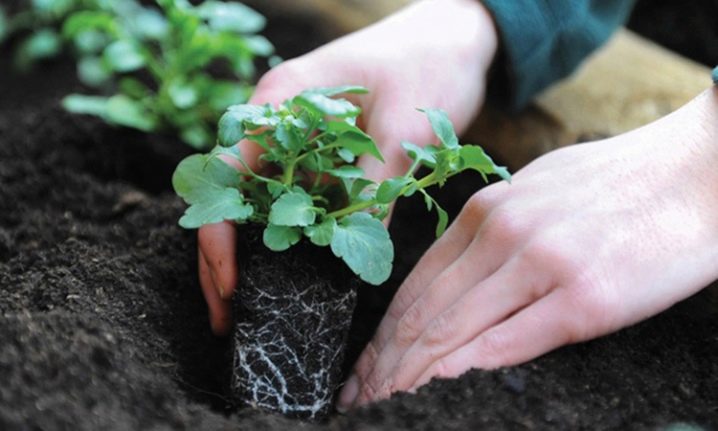
The stages of fertilization can be represented as follows:
- the choice of the type of feeding and the method of application;
- dilution of the mixture in accordance with the instructions;
- fertilizing the soil or spraying foliage with it.
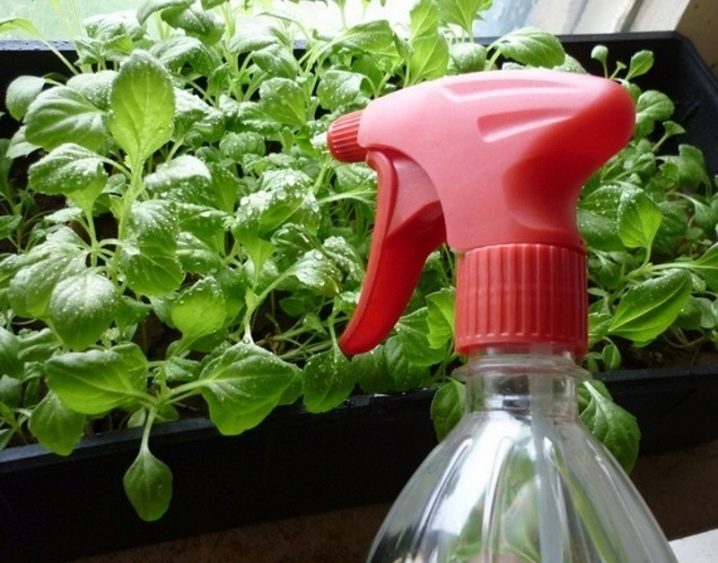
First feeding
The first feeding is used during the pick. You can use a dry, water-soluble fertilizer with equal parts nitrogen, phosphate, and potash. The mixture can be added to the soil prior to planting. Be sure to water it, so top dressing will begin to release nutrients into the soil. If the petunia is grown from seed, it should be fertilized every 1-2 weeks with diluted liquid fertilizer as soon as the first true leaves appear on the seedlings.
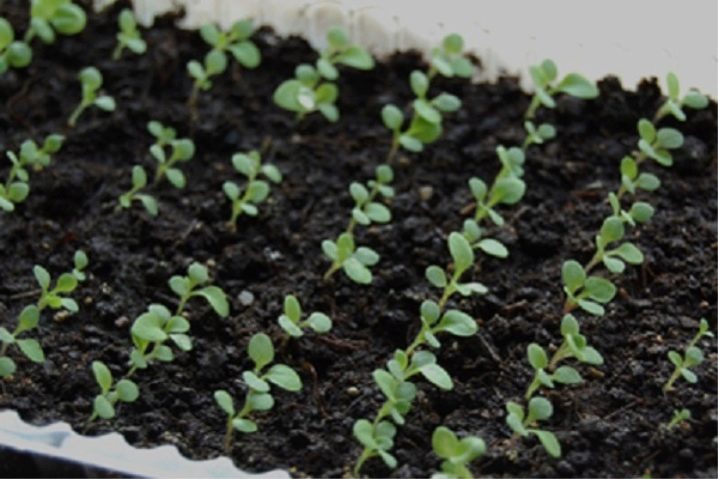
A large amount of top dressing can lead to overgrowth and fewer flowers. This is why it is recommended to add nutrients once a week or every 2 weeks. For best results, it is best to do a soil test to determine which minerals and vitamins need to be added to the soil to make it better.
The diving process begins when two leaves appear on the seedlings, after planting, after 2 days, you can add the following ready-made mixtures: "Master", "Ideal", "Plantafol". Thanks to them, the bush will quickly acquire an attractive shape. The second time feeding is applied only after the petunia gets stronger and develops a decent root system.
After germination
The top dressing necessary for growth is applied after the seedlings have grown enough and their roots have developed enough to feed the entire bush. It is best to use "Urea", "Biohumus", "Plantafol" can be used. It should always be remembered that too early fertilization will lead to intensive growth of the green mass, while the root system will remain underdeveloped and, over time, will no longer cope with its functions. As a result - the death of the plant due to a lack of minerals, oxygen and water.

Adult plant
For abundant flowering, it is best to use phosphate fertilizers. Among the commercial top dressings for lush bloom, there is the "Flower Paradise", which is suitable for both indoor and garden petunias. It helps very well during the flowering stage of Agricola.
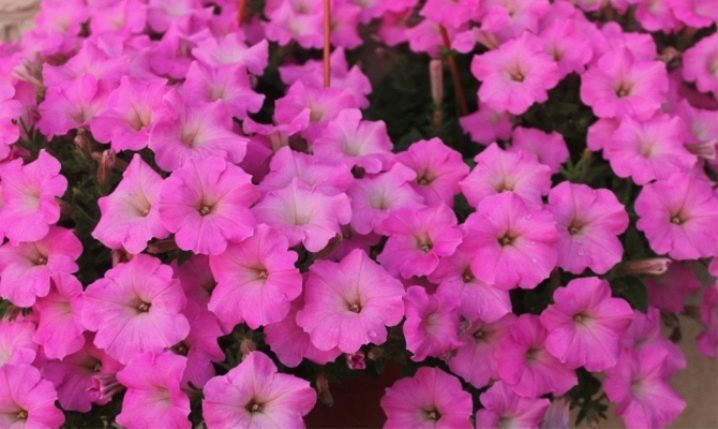
The presented options contain a large amount of not only phosphorus, but also nitrogen and potassium. The complex of mineral components contains boron, iron, cobalt and other elements that play an important role in the life of any plant. You can use biostimulants:
- niacin;
- succinic acid;
- thiamine.
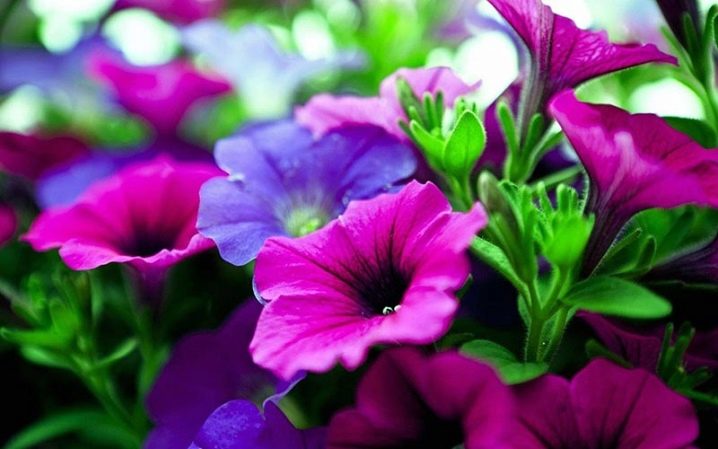
About the intricacies of using fertilizer for petunias in the video below.







































































































The comment was sent successfully.